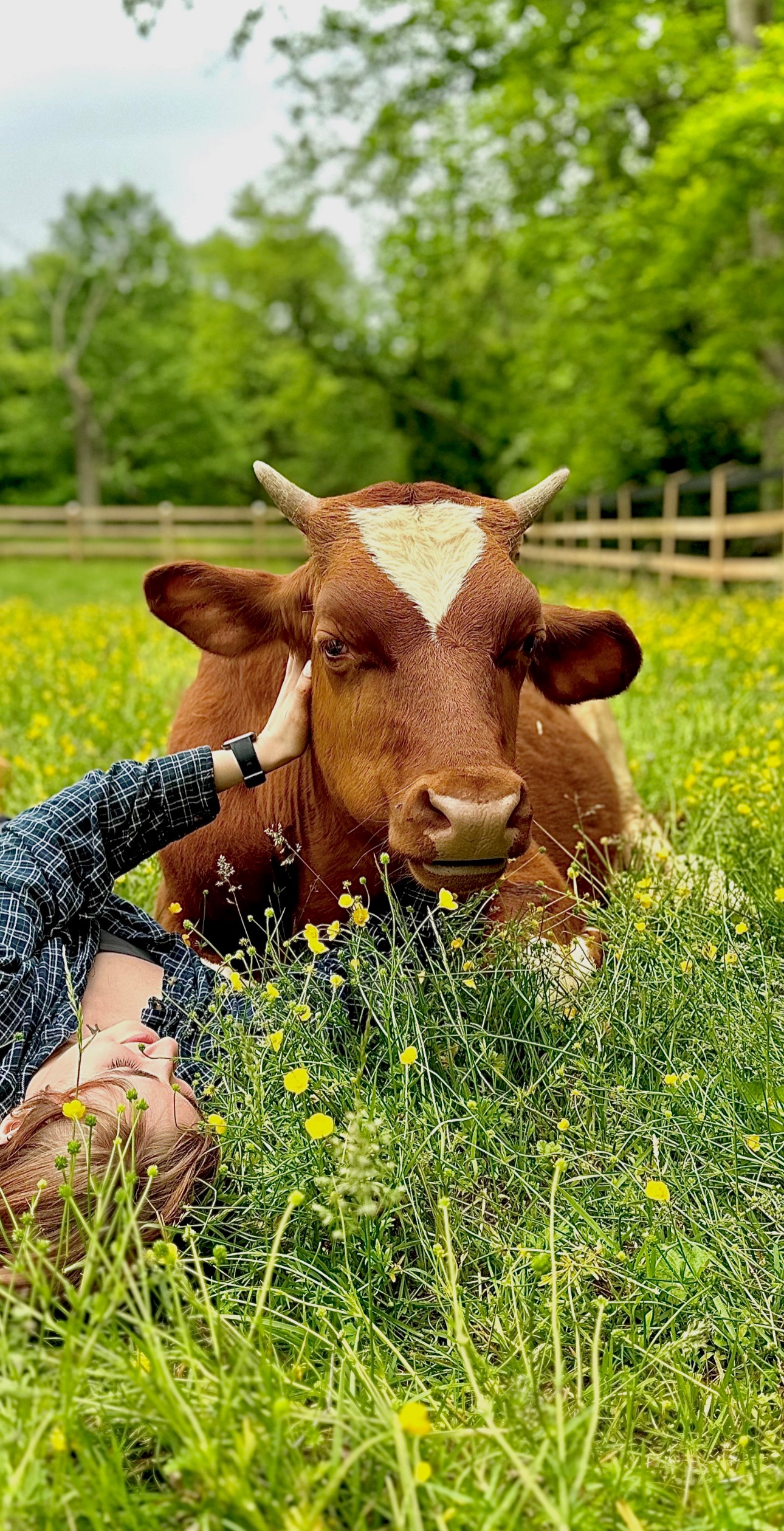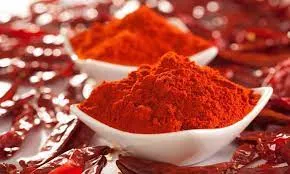Why Your Farm Animals Deserve a Cleaner, Greener Bedding Solution
Animal bedding is one of the most overlooked yet essential elements of farm management. It impacts not just the comfort of your animals but also their overall health, productivity, and even the environment. For decades, farmers have relied on traditional bedding materials like straw, wood shavings, and sawdust. While these options are readily available and affordable, they come with a host of issues that can harm both animals and the planet.The Hidden Problems with Conventional Bedding
When thinking about animal bedding, many consider it merely as a comfy layer between the animal and the hard ground. But not all bedding is created equal, and conventional options often fall short in more ways than one.
Dust and Respiratory Issues
One major downside of traditional bedding like straw or sawdust is the dust they produce. These fine particles enter the air and can be inhaled by both animals and humans. Over time, accumulated dust can cause respiratory problems, leading to reduced productivity in animals and costly vet bills.
High dust levels are particularly concerning for horses and other animals with delicate respiratory systems. Animals exposed to such environments often show symptoms like coughing, wheezing, or nasal discharge.
Ammonia Buildup
Another hidden issue with typical bedding materials is their inability to properly absorb liquid waste. This leads to an accumulation of ammonia from urine, creating a harsh and irritating environment. Ammonia exposure can damage animals’ eyes and respiratory tracts while making their living spaces unpleasant and unsanitary.
Now multiply this by dozens—or even hundreds—of animals, and it’s clear how significant this problem can become on a farm.
High Volume of Waste
Traditional bedding materials degrade slowly, contributing to large heaps of waste that take time, effort, and money to dispose of. For farms aiming to be more sustainable, conventional bedding poses a challenge when it comes to waste management.
The Cleaner, Greener Bedding Solution
The good news? There’s a smarter way to care for your farm animals while slashing your farm’s environmental impact. Cleaner, greener bedding options—such as hemp bedding—are quickly gaining traction among farmers worldwide.
Hemp-based bedding is made from the soft core of hemp plants and is processed to create a cleaner, highly absorbent, and eco-friendly alternative to traditional materials. But why is it better, and how can it transform your farm’s operations?
The Benefits of Cleaner, Greener Bedding
Switching to greener bedding options like hemp horse bedding can lead to immediate and measurable improvements in your animals’ welfare, your workload, and your environmental footprint.
1. Cleaner, Healthier Environments
Hemp bedding generates significantly less dust compared to straw or sawdust. This creates cleaner air quality in barns, particularly for horses and other animals that are prone to respiratory issues. Farmers report noticeably fewer respiratory symptoms in their animals after switching to hemp bedding, giving everyone on the farm—both animal and human—a healthier atmosphere.
2. Superior Absorption to Combat Ammonia
Unlike conventional bedding, which often allows liquid waste to pool and emit ammonia, hemp bedding is known for its high absorbency. It rapidly soaks up urine and locks in odors, keeping stalls fresher for longer periods while protecting your animals from harmful ammonia buildup.
3. Easier Clean-Up and Less Waste
Thanks to hemp’s natural biodegradability, it’s much easier to compost or dispose of compared to straw or wood shavings. It decomposes faster and breaks down into nutrient-rich matter that can be used as fertilizer—closing the loop on farm waste management.
Farmers also report that hemp bedding lasts longer, reducing how frequently it needs replacing. This means staying on top of stall cleaning becomes less of a chore, freeing up more time for other vital farming tasks.
4. Supporting Sustainability
Hemp is a highly sustainable crop—grown with minimal pesticides and water and absorbing much more CO2 than many other crops during its lifecycle. By choosing hemp bedding, you’re making an eco-conscious decision that aligns with efforts to promote sustainable agriculture.
5. Financial Savings in the Long Run
Although greener options like hemp might come with slightly higher up-front costs, they often lead to long-term savings. With superior durability and absorbency, farmers need to use less material over time. Couple that with fewer health issues requiring costly vet interventions, and it’s worth every penny.
Conclusion
Now that you know the many benefits of cleaner, greener bedding options like hemp, it’s time to consider making the switch. Not only will you be providing a healthier and more comfortable environment for your animals, but you’ll also be making a positive impact on the environment and potentially saving money in the long run. So why wait? Make the change today and see the difference it can make on your farm!







